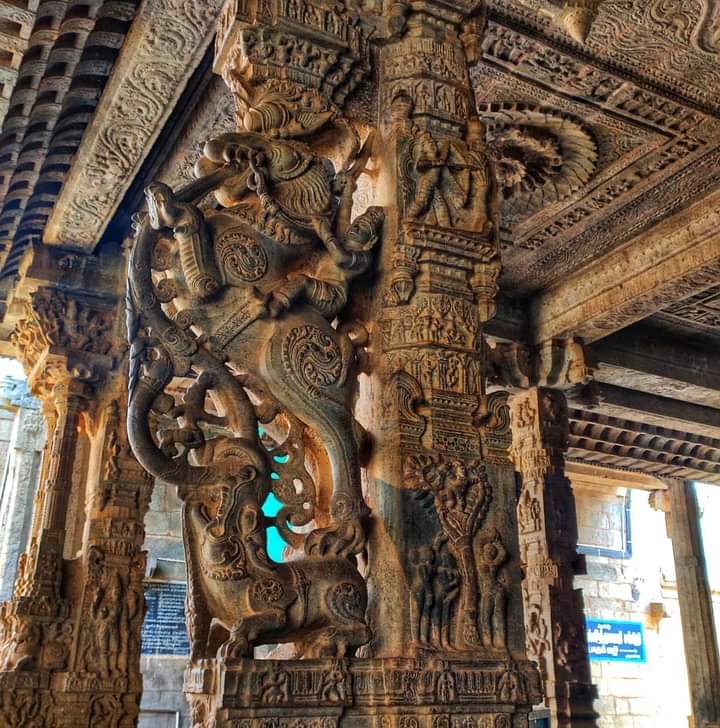@katalystwealth Yes Sir. Extremely difficult to predict the top. Often top comes much before the best results. One needs to have some kind of strategy to exit. Maybe something like a multiple of replacement cost, P/B, historical upcycle margins, etc. But there is no exact science to predict top.
More from Jiten Parmar
A thread I had done in sugar industry last year. A few things could have changed. But, I think there are huge challenges to the E20 story. Do we have underlying dynamics in place. Do read how much time it took for Brazil.
Disc: Invested in sugar only as tactical play.
Disc: Invested in sugar only as tactical play.
Sugar Industry Insights (Feb 25, 2020)
— Jiten Parmar (@jitenkparmar) February 25, 2020
Last few years sugar industry has been a beneficiary of government largesse. Sugar cycle turned in 2015. Post that there has been surplus production.





















